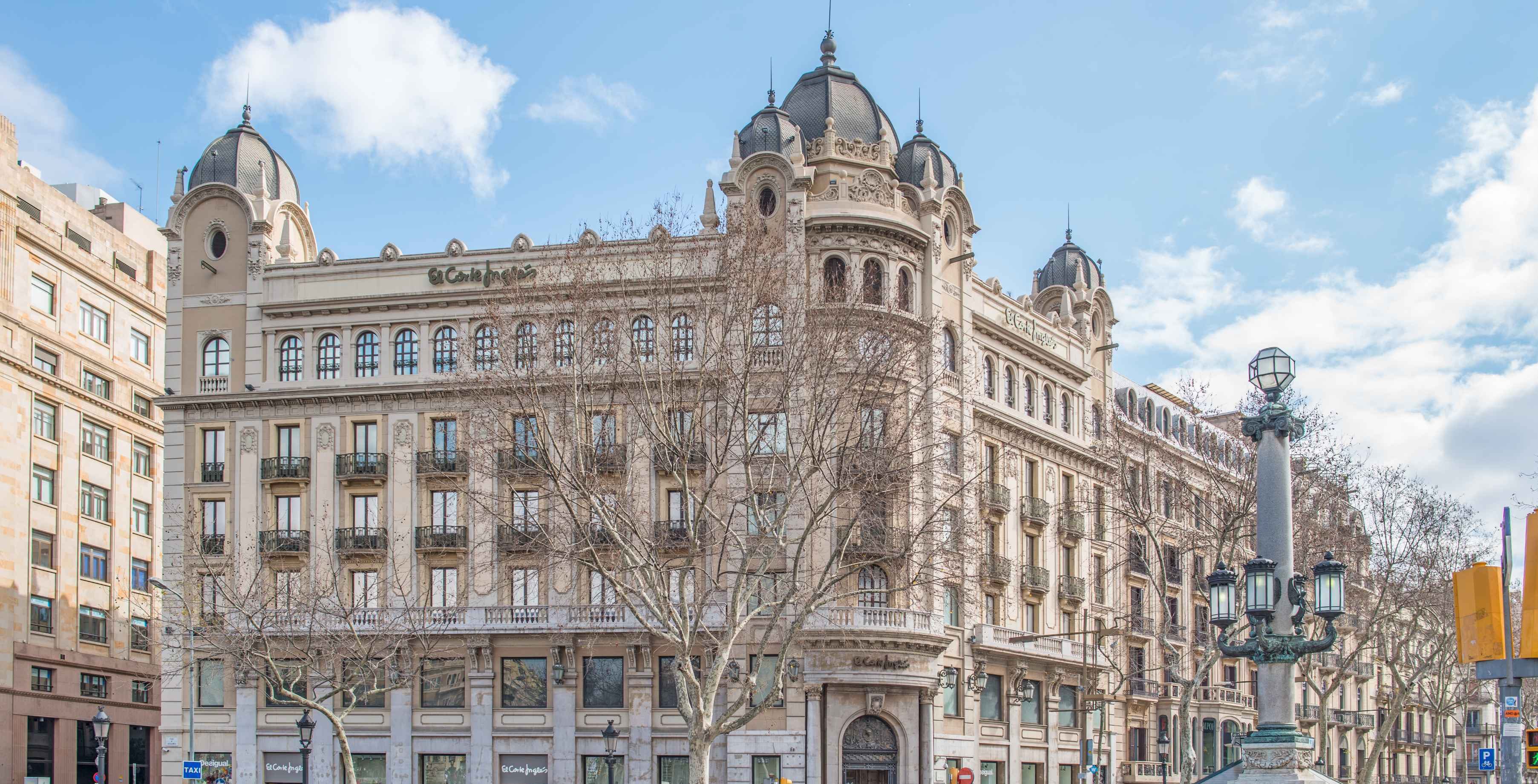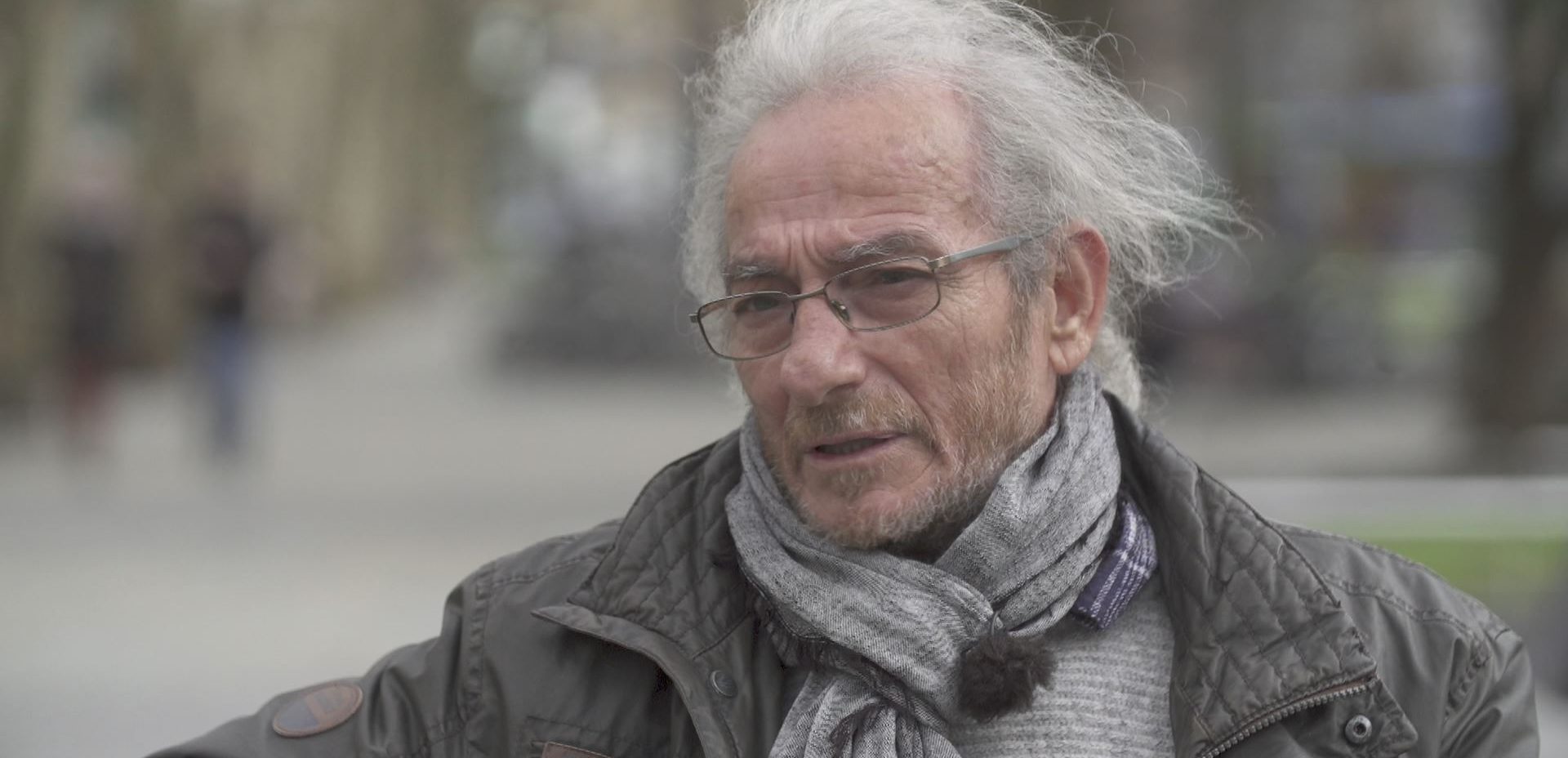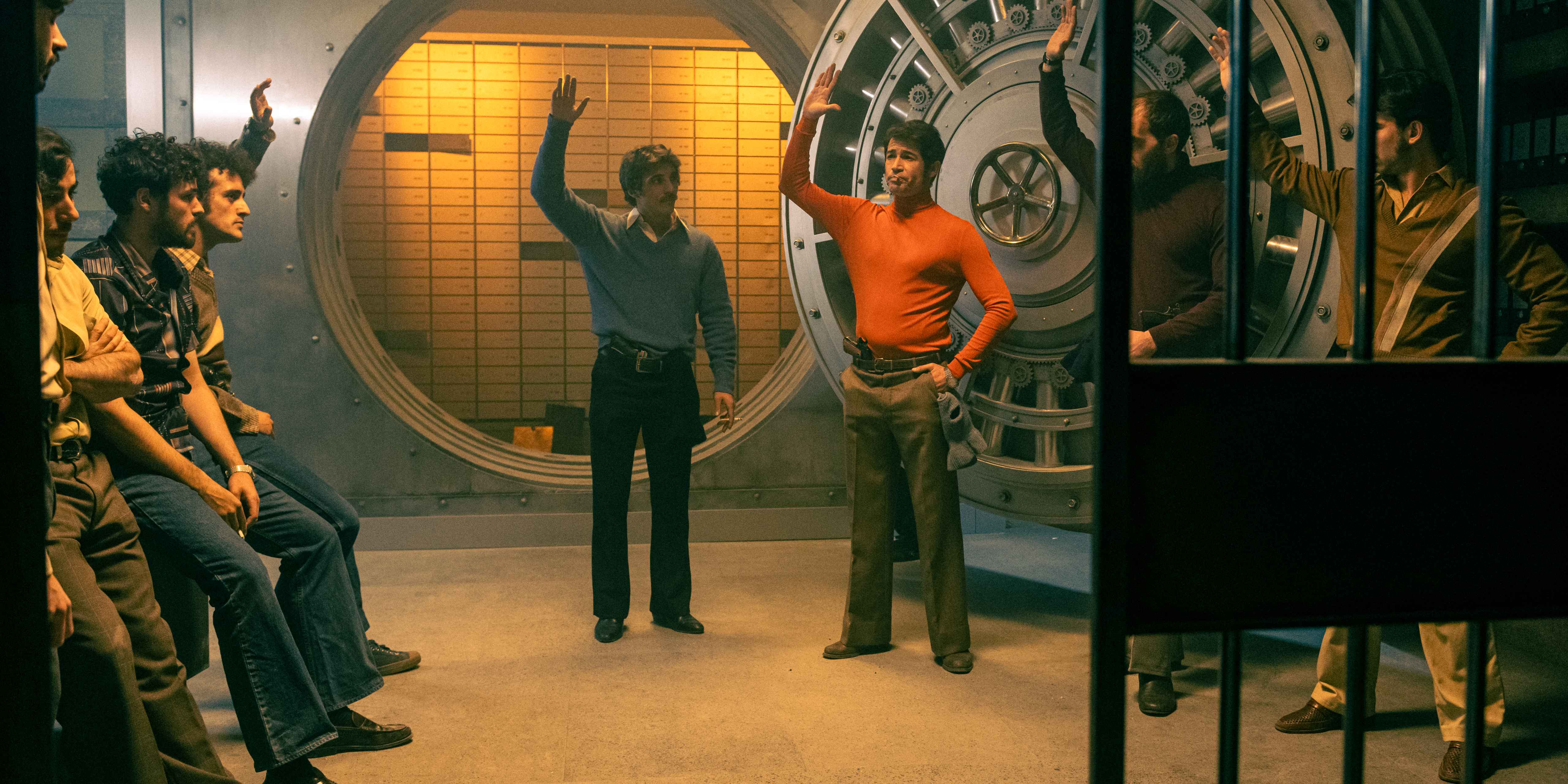Netflix’s Spanish series ‘Bank Under Siege’ chronicles the startling events that unfold in the Central Bank of Barcelona after a group of robbers enter the financial establishment. The group holds around three hundred individuals hostage inside the building while awaiting the release of four political prisoners. As the crime drama series progresses, it is revealed that the gang’s demand is nothing but a trick to distract the authorities while they drill a hole in the bank to escape through Barcelona’s sewer system. In reality, the robbers’ attempt to flee from the place with around seven hundred million pesetas faced obstacles they couldn’t really overcome! SPOILERS AHEAD.
José Juan Martínez Gómez and His Gang Failed to Drill a Hole Through the Granite Wall of the Central Bank
Several accounts exist concerning the robbers’ motives and the plan of action. While the authorities concluded that the heist was orchestrated targeting the money stored in the Central Bank of Barcelona, José Juan Martínez Gómez, the leader of the thieves, had alleged that the CESID head Emilio Alonso Manglano was the mastermind behind the crime, which was arranged to obtain a confidential document, concerning the failed 1981 coup attempt, from the bank. Manglano promised José an airplane to escape from the country after the heist as per this unverified or alleged plan. However, according to the leader of the robbers, he grew suspicious of this arrangement, which made him devise another plan to escape from the bank.

José and his accomplices started drilling a hole through one of the walls of the Central Bank. According to reports, they even sought the help of a few of the hostages to do this. The robbers hoped to escape from the establishment through Barcelona’s sewer system, only to encounter granite rocks beyond the wall. This shocking revelation convinced the gang that there was no way to vanish from the bank. In recent years, José alleged that the entire operation was a trap set up by Manglano and his allies. In an interview given to the Barcelona-based radio station RAC1, he claimed that the real masterminds behind the heist wanted the robbers dead because they wished to eliminate any witnesses to their involvement.
The Robbery Ended With the Intervention of the Special Ops Forces
While José Juan Martínez Gómez and his accomplices were realizing that there was no way to escape from the Central Bank, officers of the police tactical unit Grupo Especial de Operaciones (GEO) arrived at the place to intervene. The robbery had been happening for over thirty hours, filled with negotiations with the authorities. The leader of the robbers even claimed later that he had spoken to Leopoldo Calvo-Sotelo, the president of the government, during this period. Over the years, multiple accounts have surfaced concerning the later hours of the heist, which are not addressed by ‘Bank Under Siege.’

One of these stories concerns how José and other robbers brought five hundred million pesetas from the vault to the main yard to threaten to burn them. The predicament escalated on May 24, the next day, when one of the officers killed a robber who was seen on the terrace of the Central Bank with a hostage. The death of this thirty-four-year-old José María Cuevas Jiménez was followed by a shootout that lasted more than two hours. Meanwhile, the hostages broke down the main door of the establishment to escape from the robbers. Interestingly, the gang of criminals joined these hostages, pretending to be part of them.
The police then arrested nine robbers, including José, marking the end of the heist. Even though the conclusion of the predicament was a victory for the authorities, one of the robbers managed to escape from the scene. Over the years, the GEO has reportedly claimed that their agents evicted the robbers from the bank, an account disputed by José. In the same interview given to RAC1, he claimed that the criminals, including himself, stepped out of the establishment fearing death. As per his accounts, the GEO entered the bank only after he left the building with his accomplices.
The Arrested Robbers Were Convicted and Sentenced to Prison
After the arrest of the robbers, the authorities tried to discover the motive behind the heist. José Juan Martínez Gómez initially claimed that a right-wing extremist named Antonio Luis gave him the assignment to rob the Central Bank. He eventually changed his account to state that the robbery was financially motivated. The involvement of Luis was not proven. Ultimately, the authorities and agencies involved in the case reached a consensus that the heist was orchestrated to loot the money that was in the bank’s vault. The arrested robbers were tried in the Third Criminal Division of the National Court.

In June 1983, José, Tomás Paz Trenado, Miguel Millán Gros, and Alberto Ots Jiménez were sentenced to thirty-eight years in prison for committing robbery with violence and intimidation of people, with the aggravating circumstances of disguise. Their other charges include mass crime of illegal detention and illegal possession of firearms. Cristóbal and Jorge Valenzuela Marcos, Juan Manuel Quesada Jihaja, and Francisco Martín received multiple sentences that ranged from one year to twenty-three years in prison. Even though these were lengthy sentences, their maximum prison term was thirty years because of the Spanish Penal Code’s Article 70. The details concerning the sentences of Máximo Olivar Tirado are unavailable.
Following their respective convictions, the robbers disappeared from the spotlight, except for José. He received special permits to leave the prison temporarily in 1988 and 1996. In both these instances, he evaded the authorities without returning to his respective prison after the parole term ended. He was arrested and imprisoned again in both these years. His term ended for good in January 2016. While José remains an infamous figure in Spain with his allegations against Emilio Alonso Manglano, the fates of his accomplices are a mystery. It is unclear how many of them are even alive today to learn that the crime they committed continues to be a highly controversial part of the Spanish political discourse.
Read More: Bank Under Siege: Are Maider Garmendia and Bernardo “Berni” García Based on Real Journalists?


You must be logged in to post a comment.